- California Assembly OKs highest minimum wage in nation
- S. Korea unveils first graphic cigarette warnings
- US joins with South Korea, Japan in bid to deter North Korea
- LPGA golfer Chun In-gee finally back in action
- S. Korea won’t be top seed in final World Cup qualification round
- US men’s soccer misses 2nd straight Olympics
- US back on track in qualifying with 4-0 win over Guatemala
- High-intensity workout injuries spawn cottage industry
- CDC expands range of Zika mosquitoes into parts of Northeast
- Who knew? ‘The Walking Dead’ is helping families connect
Eternity revisited
Atta Kim’s long-exposure photos magically capture the stretch of time
By Kwon Mee-yoo
In the age of social media, photography is becoming increasingly linked to the moment ― and people’s experience of it. Within seconds, we can document whatever it is we’re doing and share it with the world.
Photographer Atta Kim, however, is about more than single moments in time. Instead, he uses long-exposure techniques to collect these moments and break down the barriers between them. And time becomes fluid.
As a result, viewers are invited to contemplate the subjectivity of time and our fragile nature within it This can be experienced at Kim’s first solo exhibition in Korea in six years, “RE-ATTA,” now being held at the 313 Art Project on Dosan-daero, Gangnam, Seoul.
Composed of three parts ― shown one at a time ― the exhibition is a primer on the subtle processes Kim’s work undergoes to achieve it’s time-bending effect. Based in Seoul and New York, Kim is the perfect fit for the venue, which is developing a reputation for featuring cutting-edge artists.
The photographer ― whose real name is Kim Seok-jung ― is all about breaking down boundaries. This is evident in the name “Atta,” which puts together the Chinese characters for “I” and “other.”
The first segment, which runs through Feb. 7, presents long-exposure photos from Kim’s 2008 series, “On-Air.”
There are several subseries of the project, including the signature “Eight Hours,” for which Kim opened his camera shutter for eight hours at landmarks such as New York’s Times Square and Champs-Elysees of Paris. The incessant movement of people and cars become blurry trails, leaving the landmarks hauntingly empty.
The photos of the “Ice Monologue” series are another meditation on dissipation, as they capture ice sculptures as they melt – and vanish. For example, Kim took three months to recreate the Greek temple Parthenon in ice, and documented it while it melted and collapsed.
Kim explores existential questions in the new “Indala” series, which create “portraits” of several major cities by making collages of many separate images.
The blurry gray image titled “ON-AIR Project, New York-10000″ is composed of 10,000 different images of New York. Even without showing Times Square or the Statue of Liberty, Kim believes it is a true representation of the city.
“I tried to put everything of the city ― from the architecture and design to people living there and tiny traces of them ― in a single photo. It’s a time capsule of a city,” Kim said.
“Color is the essence of an object. Indala is an assemblage of the colors, or the essence. A complete mergence or communication is impossible, but this is my attempt to do so.”
Though he worked on a collage for Seoul, it is not displayed. “I am not satisfied with my photos of Seoulites yet, because they are sensitive about privacy and don’t like to have their photo taken,” he explained.
Kim also created collages for artists such as Wassily Kandinsky and Amedeo Modigliani in“Artist Indala” series, layering their works into colorful blurs.
Chinese scriptures are a target as well. Kim layered 15,817 letters of the “Analects of Confucius” and 5,290 letters of “Tao-te ching of Laotzu” for the series, transforming the valuable lessons into striking art.
“The meaning of the text did not go away after I layered them,” Kim said.







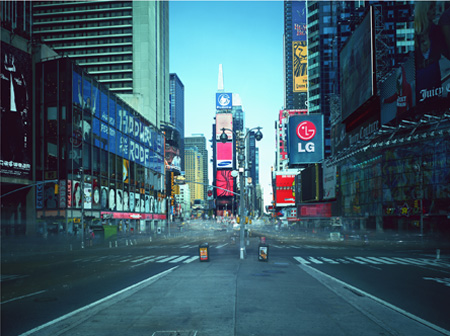
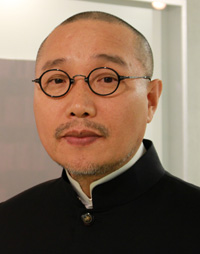

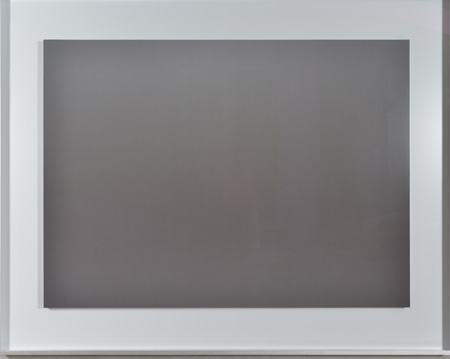


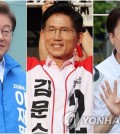
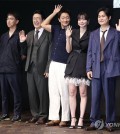
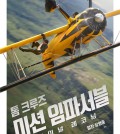

Examples
October 14, 2017 at 5:33 PM
What Is A Q Code In Medical Billing – Schools Medical Billing